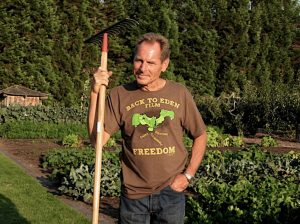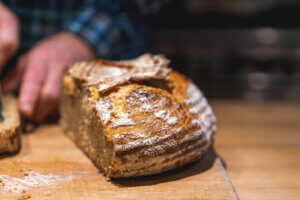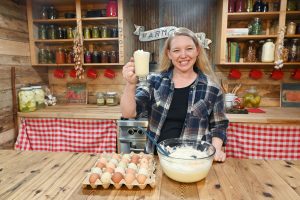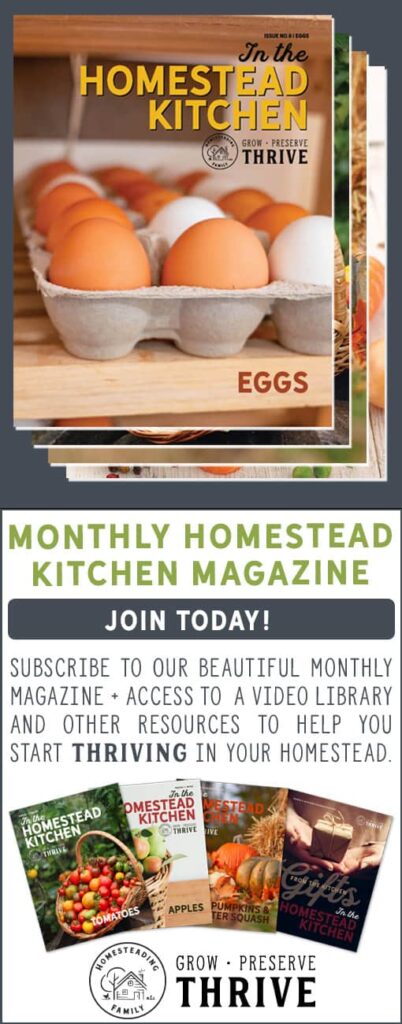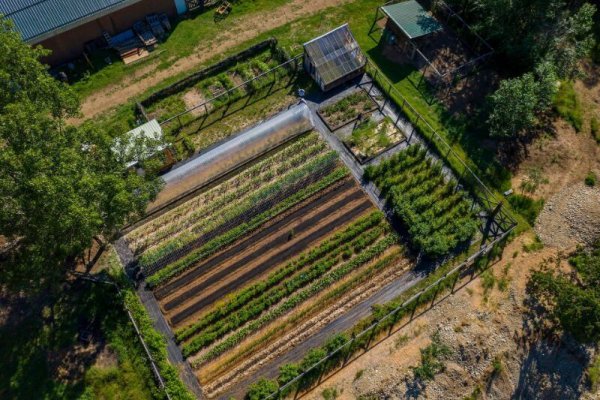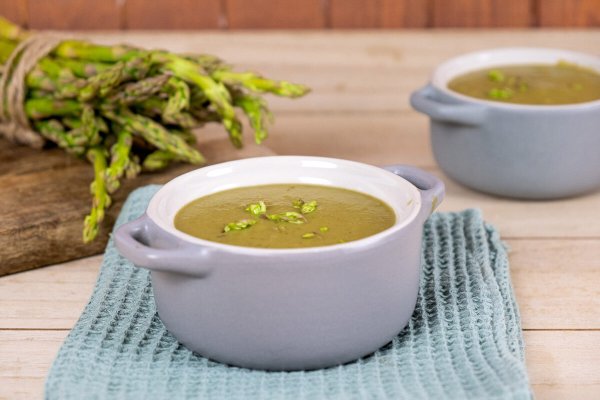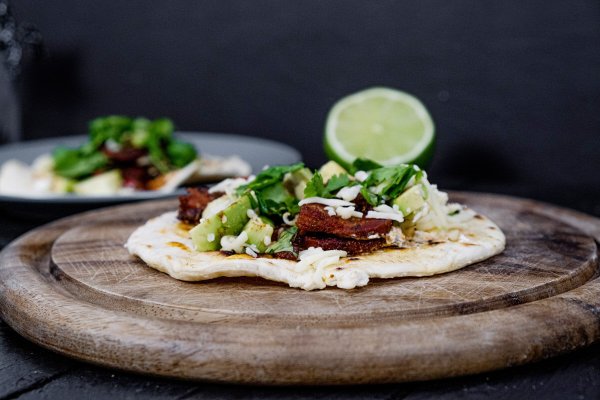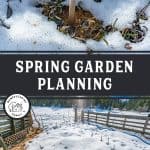

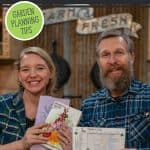
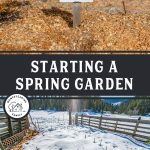
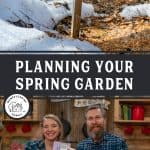
Planning a home garden can be so much fun, but there are a few tips and tricks that will help save you time and money if done correctly. Keep reading for all of our Homesteading Family garden planning tips.
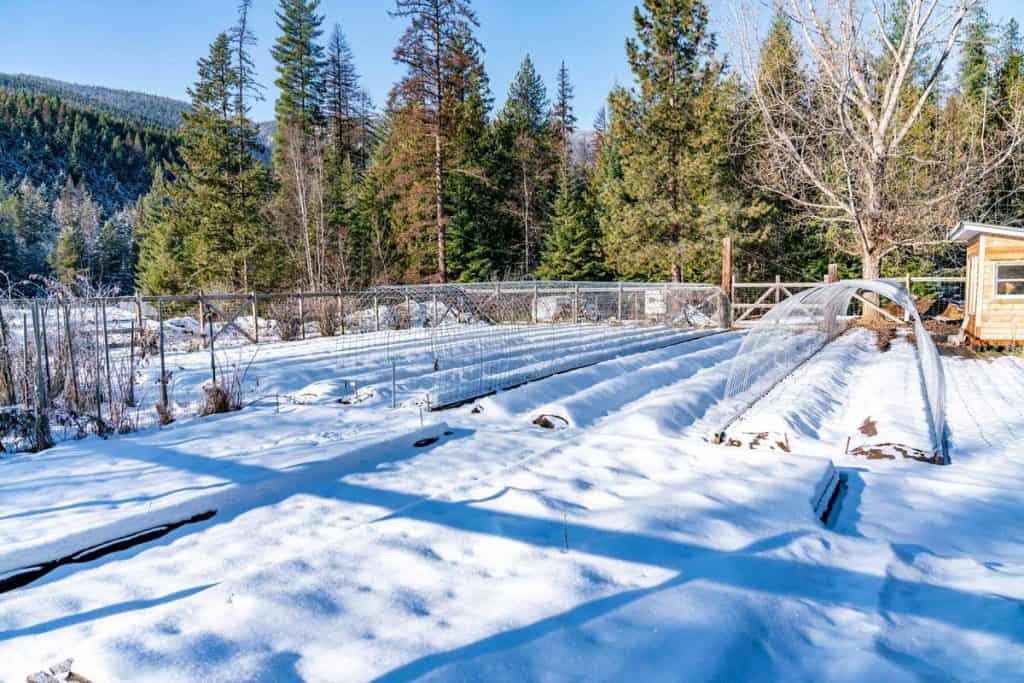
Although our garden is still covered by a blanket of snow, now is the time to start planning and preparing for spring planting.
Without a solid plan, the time will come and go for deciding what you’re planting, buying the right seeds, making your own compost, starting seeds indoors, and so much more.
A few things to consider first…
We’re frequently asked which garden planning tips and tricks we use when planning our spring garden. But before we dive into our tips, let’s chat about a few things first…
Before planting a garden, we think every gardener should read the 10 most common gardening mistakes!
When sharing these tips we’re assuming a few things: Ideally, we hope you’re working with a nicely settled garden that was prepared for winter back in the fall.
Also, we’re assuming you already have your garden area picked out, that you have a nice sunny garden plot, and that you have your general garden layout planned.
Below you will see part TWO of our garden planning Pantry Chat, for part ONE and even more garden planning tips, check out this post on first-time garden planning.
A couple years ago we used the lasagna gardening method to turn an area of sod into a cottage garden. Now that garden is filled with our culinary and medicinal herbs (here’s a list of medicinal herbs to grow and their common uses).
Some garden options are:
- Traditional rows
- Raised garden rows (this is the method we use in our main crop garden)
- Raised bed gardens (we have these for many of our perennial fruits and vegetables)
- Square foot gardens
- Areas for your shady plants
- Sunny spots for your hot crops
Make sure your soil testing has already been done so you know how to amend your soil before planting (this is generally best done in the fall).
You’ll want a minimum of 1/2 inch good quality compost on top of your vegetable garden each year (if your garden is new, you may need up to a couple of inches each year for a few years).
We’re big fans of no-till gardening and building up your soil with organic material you can find around your home.
Keep Growing and Planting Records
Keeping growing and planting records has been one of the biggest benefits for us as it’s extremely difficult to remember all the important check points of our garden from year to year.
There’s a long gap between harvesting and planting and we just know we won’t remember every variety and quantity we planted the year before.
Record keeping is best done throughout the gardening season.
- Taking notes about which variety of seeds you plant.
- How many of each seed, or how many rows of each crop you plant.
- Where you planted each crop (a sketched out map can help with this).
- How much yield you got from each different crop.
- Which variety you and your family enjoyed the most.
These are all fantastic record-keeping tips and will help you build on the quality of your garden year after year.
There’s nothing worse than planting a few varieties of carrots and knowing your family loved one variety, but didn’t care for another, then asking yourself next planting season which variety was the one you all loved!
So keep those records and you’ll soon have a great guide to go off of each year.
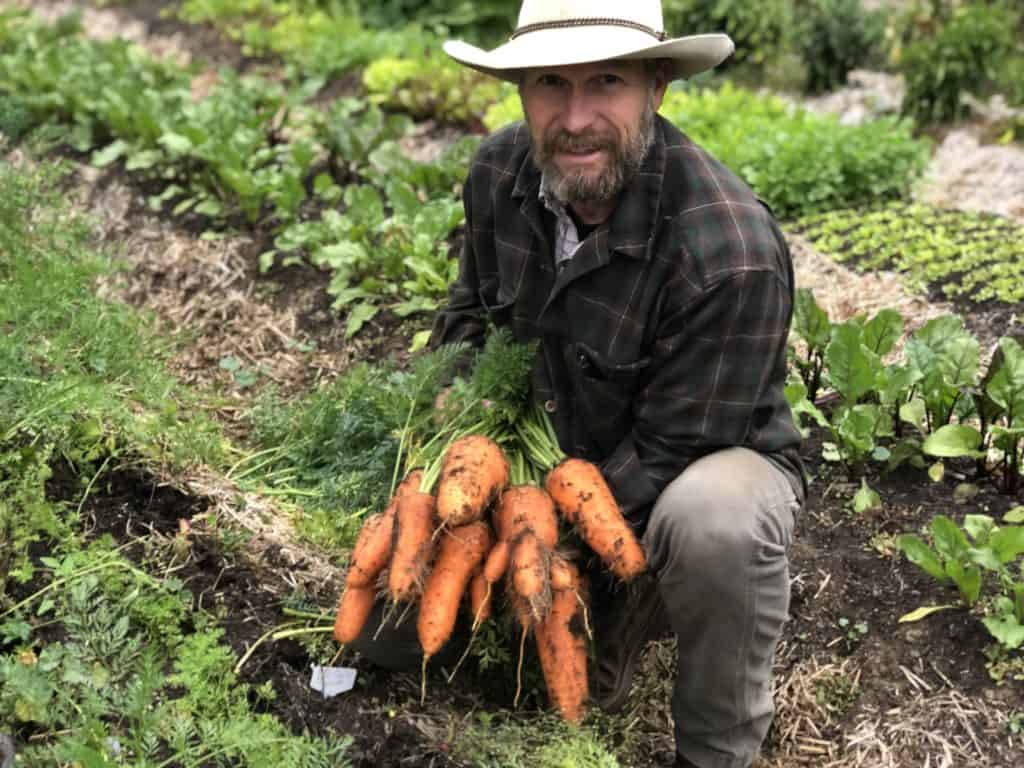
Use a Garden Planner
Using a garden planner is one of our best tips because it can really help you in planning ahead as far as when to start seeds indoors, when to transfer seedlings outside, when to direct sow, and it can even help predict your harvest.
Knowing approximately when you’ll start to harvest your crops is important so you can be sure your calendar and free time matches up to be able to preserve and properly store your harvest so none of it goes to waste.
We love Clyde’s Garden Planner and have been using it for a few years now. It even has a companion planting chart. Head on over to this post to learn how to use a vegetable garden planner.
Know Your Average First and Last Frost Dates
Seeds and crops are picky about the weather. Sometimes you can get away with planting certain items before or after the average frost date, but in general, you’ll want to follow the best practices for planting and harvesting based on these dates.
Our best advice, even above following the prediction for the zone you’re in, is to ask your closest neighbors (who have hopefully gardened for many seasons) when they generally plant and harvest their garden.
Many zones can have little micro-climates which can affect planting, so the more information you can gather from your area the better.
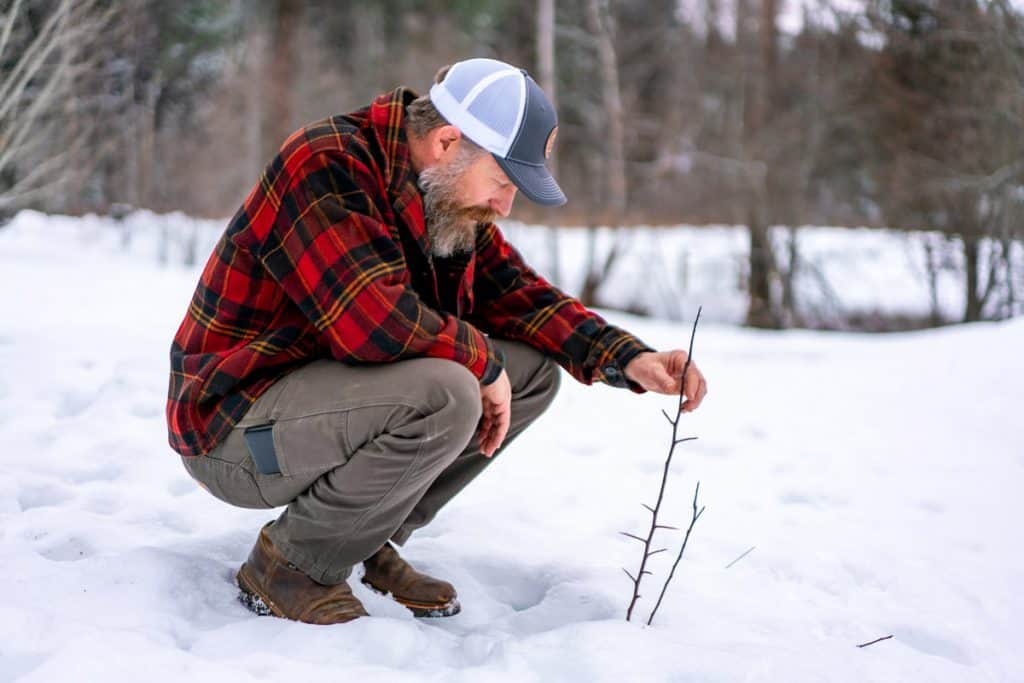
Soil Health
Typically speaking, most home gardens don’t have adequate minerals to grow the healthiest vegetables possible. Building your own compost and utilizing methods to build up healthy soil is a must.
You can check out all our compost blog posts below:
- Josh’s Easy Compost Method
- How Often to Turn Compost
- DIY Compost Sifter
- Compost Troubleshooting and FAQs
- Can You Compost Meat?
Choosing the Right Vegetable Seeds
Choosing the right variety of seeds is important. Not only do you want to trust where you’re buying your seeds, but you also want to know whether those seeds have been genetically modified, whether they’re a variety that will do well in your climate or soil type and even the typical yield.
Open-pollinated, GMO, Hybrid… There is so much confusion about these seeds so let’s break them down.
- Open-Pollinated – seeds that reproduce true to type.
- Heirloom – the long-term establishment of an open-pollinated seed (generally about 50 years or more).
- Hybrid seeds – taking a couple of kinds of open-pollinated seeds and combining them to get characteristics from each variety.
- GMO seeds – Genetically modified seeds that have had their DNA genetically modified. Oftentimes seeds will be modified with a bacteria to be pest or herbicide-resistant. (Not to be confused with hybrid seeds.)
If you want to harvest and save your seeds to use year after year, be sure you’re using either open-pollinated or heirloom seeds and NOT hybrid or GMO.
Where to Buy Seeds
First and foremost we recommend buying seeds locally. But do be sure the company you’re buying from is actually growing their own seeds in your region.
Seed companies we love and use:
- Adaptive Seeds – great open-pollinated seed company, all organic.
- Strictly Medicinal Seeds – where Carolyn buys all her medicinal seeds.
- RareSeeds.com – a great source for getting started.
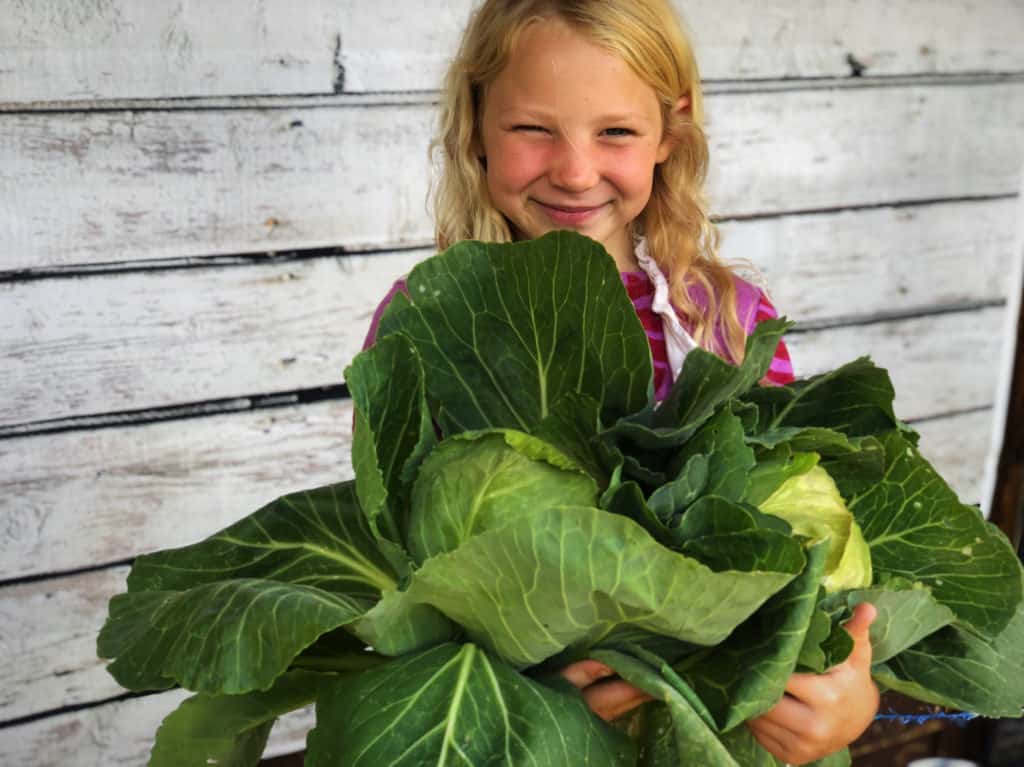
Which Variety of Seed is Best to Plant?
Consider first what grows well in your area. We have to be careful to choose varieties that are fast-growing because we have such a short growing season.
We also like to plant a number of varieties because we want some that are good for storage and some that are good for fresh eating.
It’s our recommendation to know HOW you’ll be preserving your harvest. Will you be keeping it in cold-storage? Will you be canning it? These answers can help you choose your varieties.
A great way to know what crops work well in your area is to ask around. Ask your neighbor who has been gardening for years what they always plant.
How Many Seeds Should You Order?
“One for the blackbird, one for the crow, one for the inchworm and one to grow.”
If you’re planting high-quality seeds, then you’ll generally have about a 90% growth rate. So look at the yield of each seed and make your calculations that way.
The next question would be how much space do you have in your garden? You can’t plant more than your space allows, but there are definitely some strategies for maximizing the space you do have.
You may find this video Carolyn did with Melissa K Norris on how to grow a year’s worth of food for your family.

The final question to ask is, “how much do you want to eat?” You’ll need to know how many people you’re feeding, whether you’ll be eating your harvest fresh, if you plan to preserve your harvest and how much storage space you have.
What Grows Well in Your Area?
As we mentioned before, know what varieties and which crops grow well in your area. If this is your first year gardening, we can’t recommend enough to ask around to your neighbors what crops they grow and what they find works well and why.
If you live in a colder climate, you probably won’t be planting artichokes that need a nice long warm growing season year after year.
Only Grow What You’ll Eat
That may sound obvious, but seriously, only plant seeds for vegetables that you and your family will actually eat! This seems like a silly tip, but we’ve made this mistake more than once.
Sometimes plants just seem too good to pass up and you just want to see if you can grow them, but if no one will actually eat them, this isn’t the best use of your resources and your garden space.
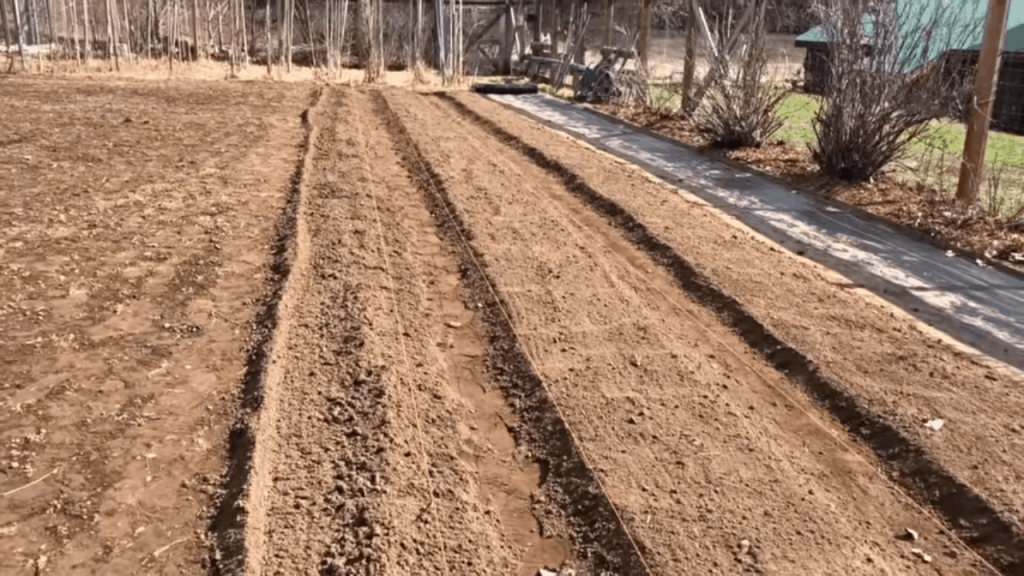
How should you space out your garden planting?
We space out our plantings so we’re not planting ALL our lettuce at once. If we space out our plantings we’ll have a nice rotation of growth so we’re not having to harvest the entire crop all at once.
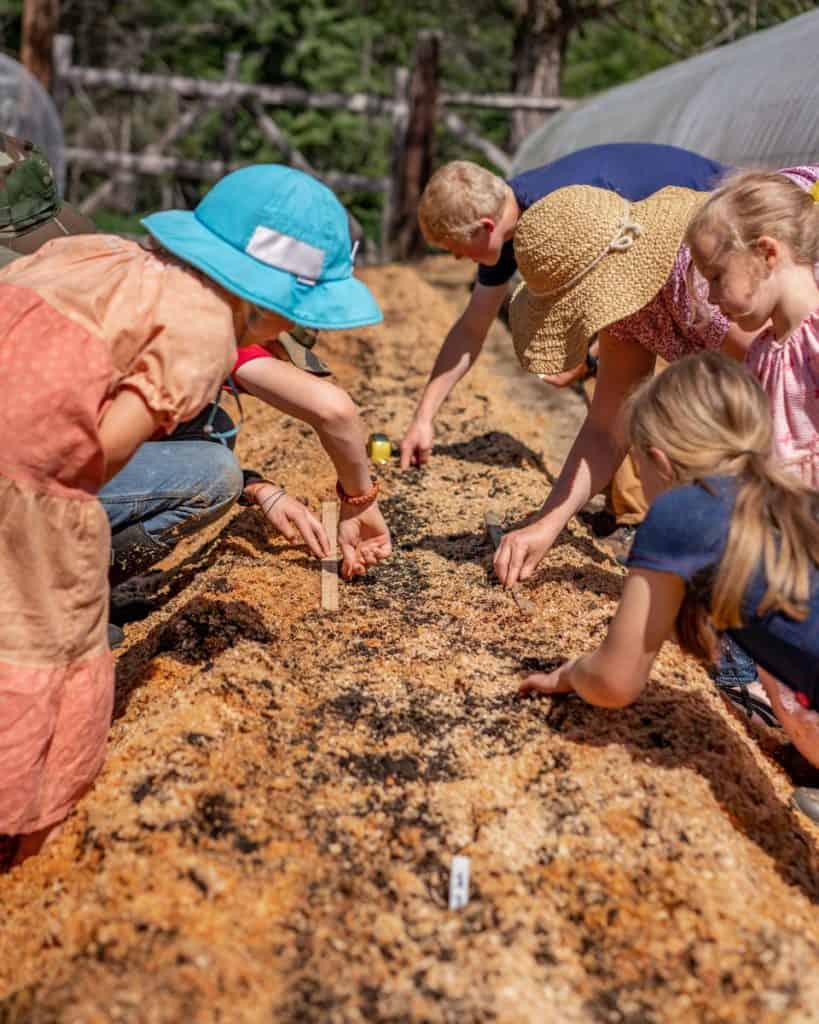
When do I plant my garden?
It depends! Yes, that’s becoming our go-to answer, but it really does depend on your location and your first and last frost dates.
Another tip is to know the time from seed germination to harvest and understand how your seed catalog defines these times. If a plant says 60-80 days, does this mean 60-80 days from planting, or from transplanting?
There are also varieties that have a faster growing time than others, so if you live where your growing season is short, you’ll want to look for those faster-growing varieties. You’ll also want to read about our methods for extending the growing season.
We’ve also started considering our harvest schedule when planting our main crop garden. Often, when it’s time for harvest, that can be a very overwhelming and busy time because much of the harvest comes in at once and has to be preserved or put up.
But by simply doing a bit of succession planting, we can reduce the harvest load and make the preservation of those crops a bit more manageable.
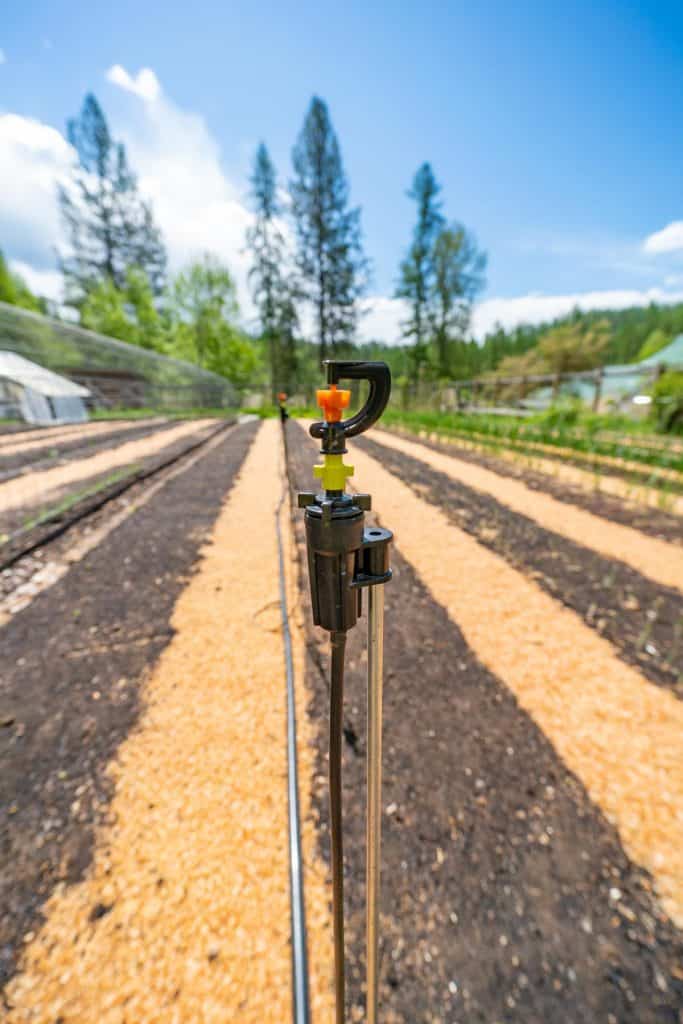
Know Your Watering System
Don’t wait until you’ve planted your garden and hit your first hot sunny day before knowing what your watering systems will be.
We’ve talked a lot about different watering strategies and systems, from soaker hoses to overhead watering.
In a nutshell, our opinion is that overhead watering mimics nature, so we choose to use a micro-sprinkler in our farm watering system.
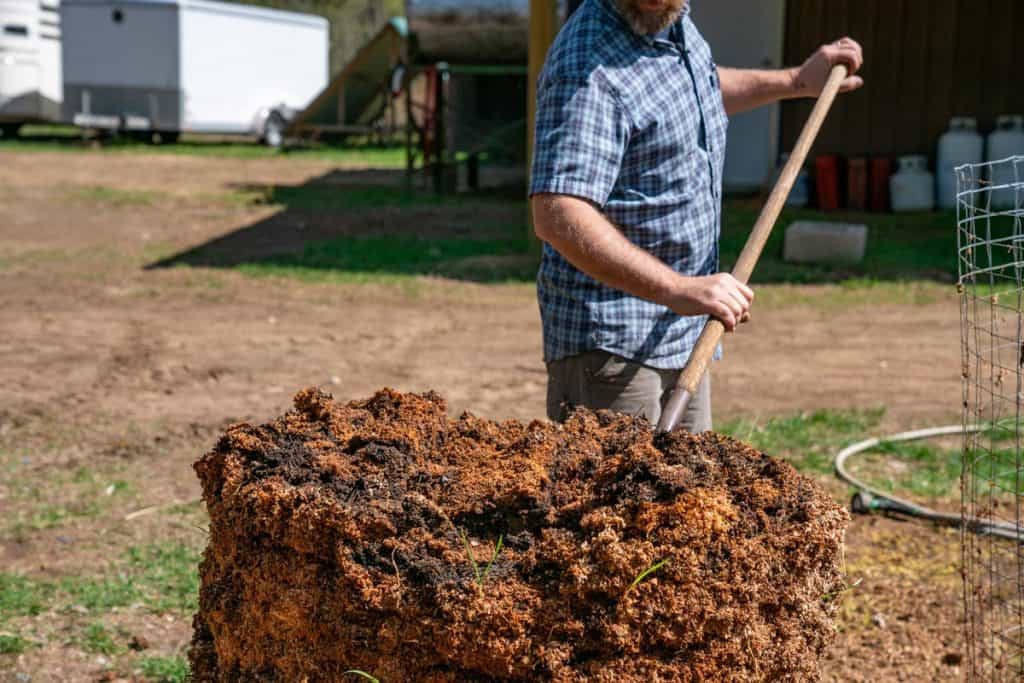
Inspect Your Tools and Gardening Supplies
Having sharp garden tools that are well taken care of from year to year can be extremely valuable. There’s nothing worse than heading out to work in your garden only to realize your tools are not only dull, but the handles are dry, cracked and giving you splinters.
Inspect those tools ahead of time! In fact, it’s a great task for the fall, as you’re wrapping up the garden season, to take inventory of your tools. Take the time to repair or replace anything that’s needed in the fall instead of waiting until spring.
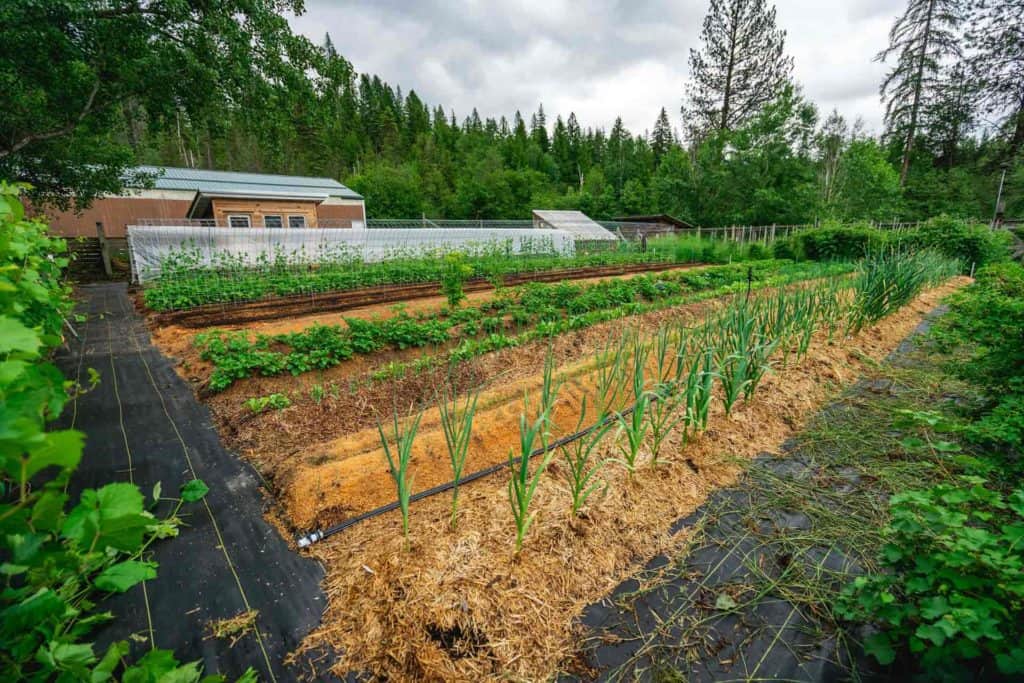
Have a Weeding Plan
Think ahead about how you’re going to handle your weeds. And keep in mind, the smaller they are, the easier they are to deal with!
One of our best tips is to keep a nice thick layer of mulch around your plants as this really helps to keep those weeds down. The less energy and effort you have to give to the weeds, the more you can give to tending and caring for your crops. You can check out more strategies for keeping weeds out of the garden here.
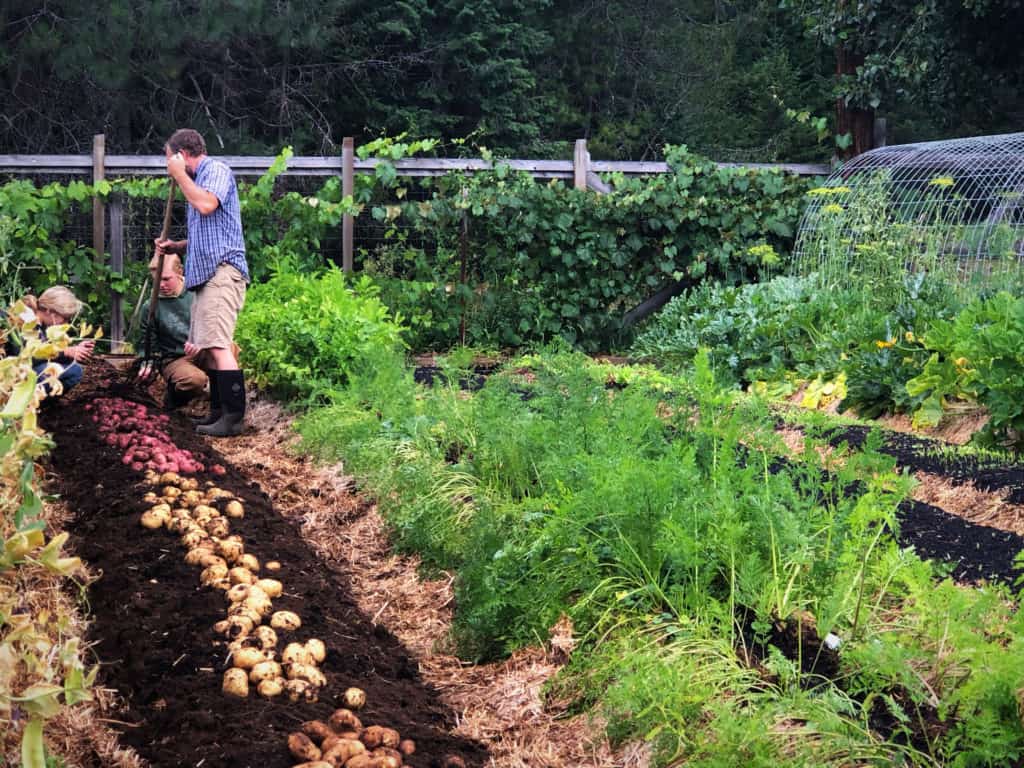
More Gardening Resources:
- 10 Gardening Mistakes People Often Make
- Seed Starting Problems (& How to Fix Them)
- When to Pot Up Seedlings
- Get a Jump Start on Early Spring Gardening
- How to Start Seeds Indoors
- Garden Planning Basics
- Crop Rotation in a Vegetable Garden
- Garden Planning Tips and Strategies
- 7 Tips for Starting Your Garden
- Gardening Doesn’t Have to be Hard
- Making Raised Garden Bed Rows & Super-Charging Your Soil
- Is No-Till Gardening Right for You?
- Turn Your Sod into a Garden with the Lasagna Method
- How to Build a DIY Hoop House & Green House



